Domus Peepem offers sustainable, minimalist Mexican housing in Cancún
Kiltro Polaris, Wewi Studio and JC Arquitectura collaborate on a new minimalist housing project in Cancún, Mexico
Fabian Martinez - Photography
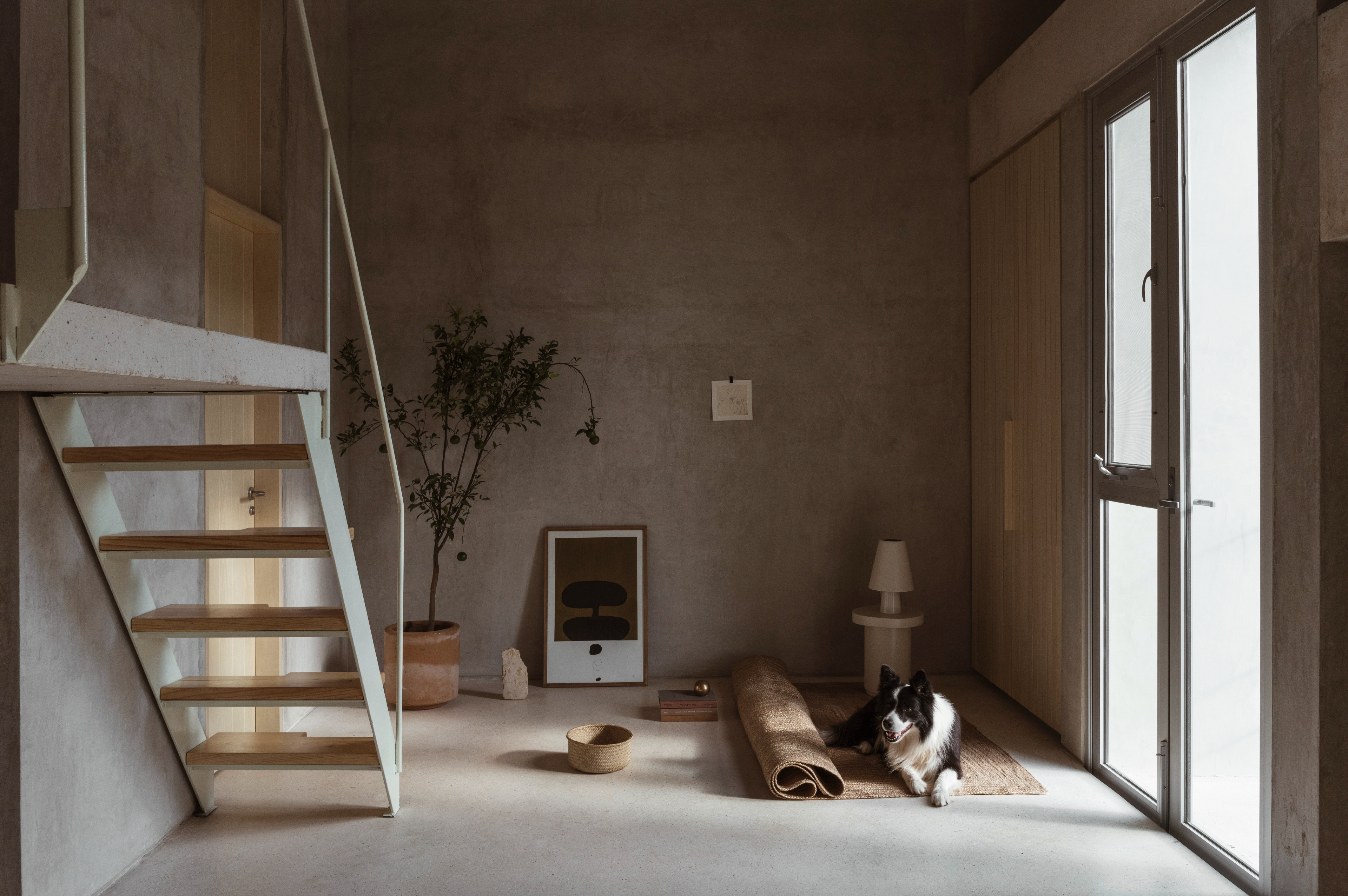
Located in Cancún's Colonia Donceles, a neighbourhood developed in the 1980s as a social housing complex for workers, Domus Peepem is part of a range of new schemes and interventions that aim to revive the area sustainably, after the destruction it suffered during the 2005 Hurricane Wilma. Three emerging architecture studios, Kiltro Polaris, Wewi Studio and JC Arquitectura, joined forces to make this Mexican housing project happen, diligently crafting its warm, minimalist architecture, while coordinating with its context and environmentally friendly principles.
Working with construction methods and materials familiar to the local labour force, the architects employed a concrete frame and mortar, polished clay, wood, and a decorative plastic paste on top, creating soft, textured surfaces that envelope the homes. Meanwhile, natural stone makes for gentle accents in the bathrooms. Traditionally, the area was occupied by single-family houses, but this plot being a newly developed parcel of land, the team was able to build higher, creating a boutique apartment building spanning four levels tall. Opposite, a public space was also re-activated through the development.
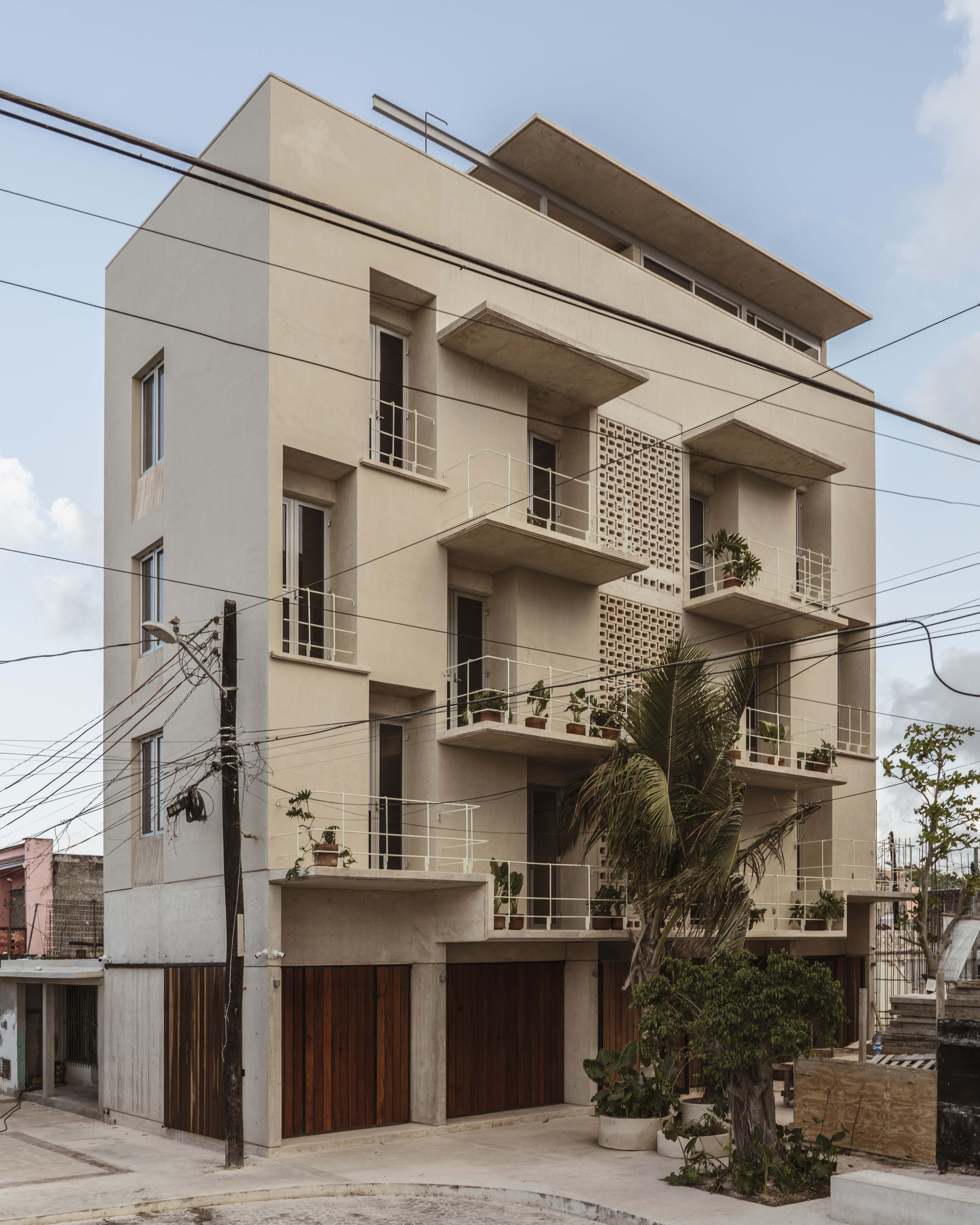
The materials’ natural feel and the design’s overall pared-down approach make for a tranquil domestic environment. At the same time, the scheme is friendly to the environment too, using solar cells and motion sensors, as well as various passive technologies throughout (namely light and ventilation strategies which help save energy).
‘Designing an efficient structure allowed us to build in a simple and economical manner: during construction, building processes were reduced to a minimum in order to generate an honest architecture, without cosmetics and quick execution,’ say the architects.
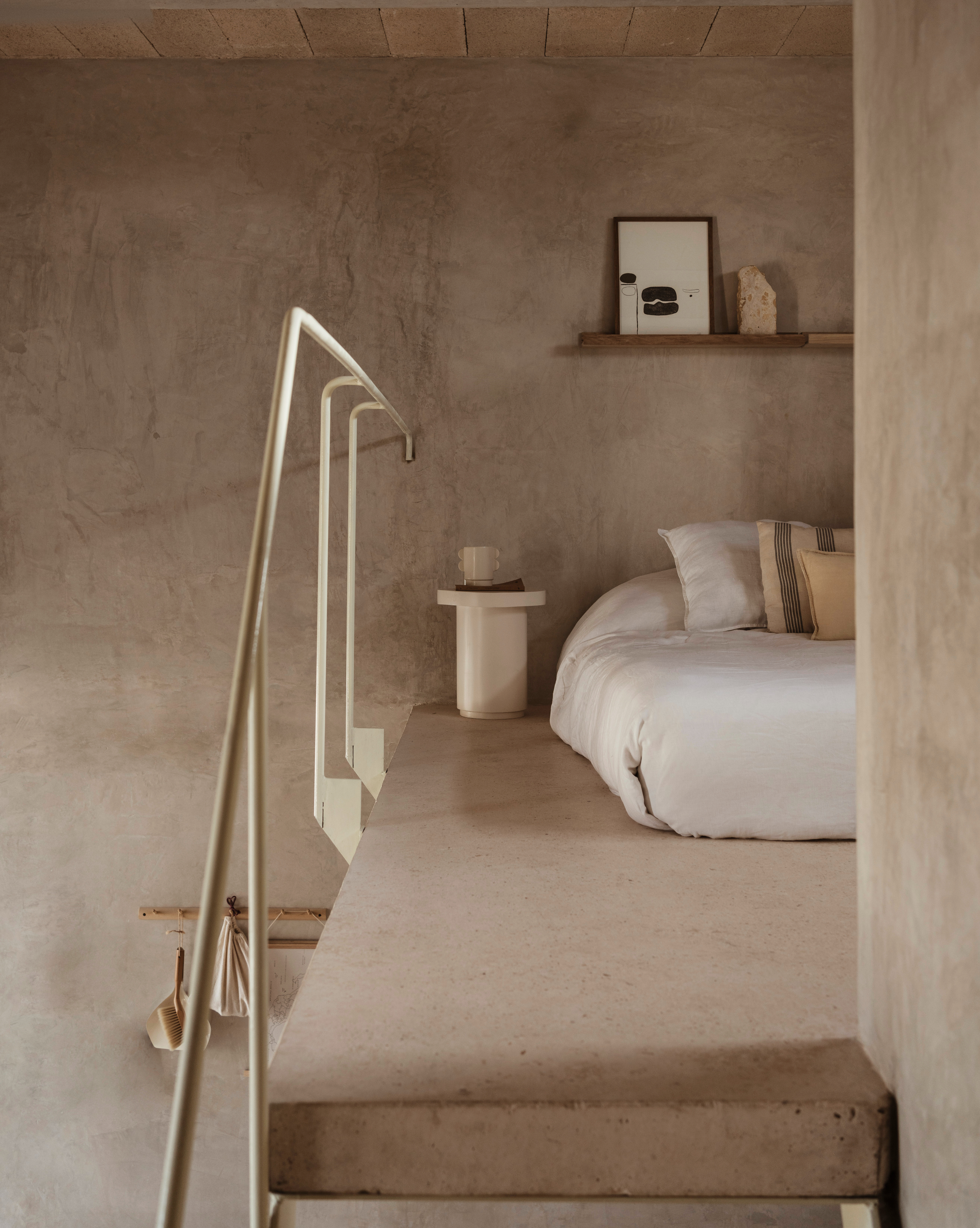
The team was also consulted in the choice of furnishings inside, so now-iconic design items such as Hans J Wegner's ‘CH24’ (Wishbone) chair coexist with bespoke furniture and off-the-shelf pieces. Care was taken to compose every corner of Domus Peepem while creating architecture that is economical and efficient. As a result, the building is now occupied by a truly diverse range of inhabitants, the architects point out – from families to professional couples, and tourists, who rent short-term.
‘The beauty of Domus Peepem is that it has no frills,' say the architects. ‘It is what it is because of its construction systems, its spatial quality, and its efficiency. It has no greater pretension than to offer well-built, compact housing in a suitable location that is well-lit and ventilated. It can be adapted to each inhabitant and contributes to the regeneration of an area of the city.'
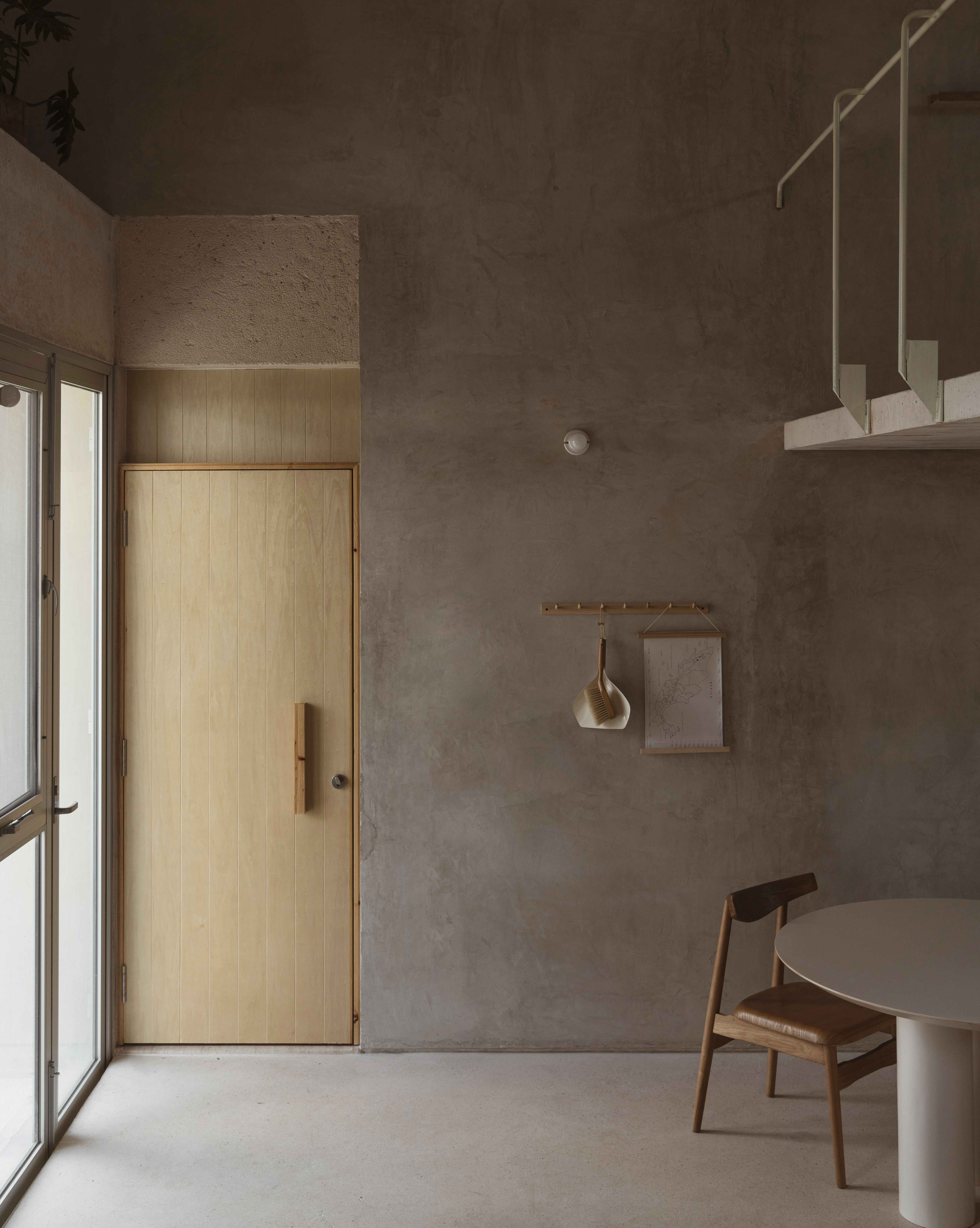
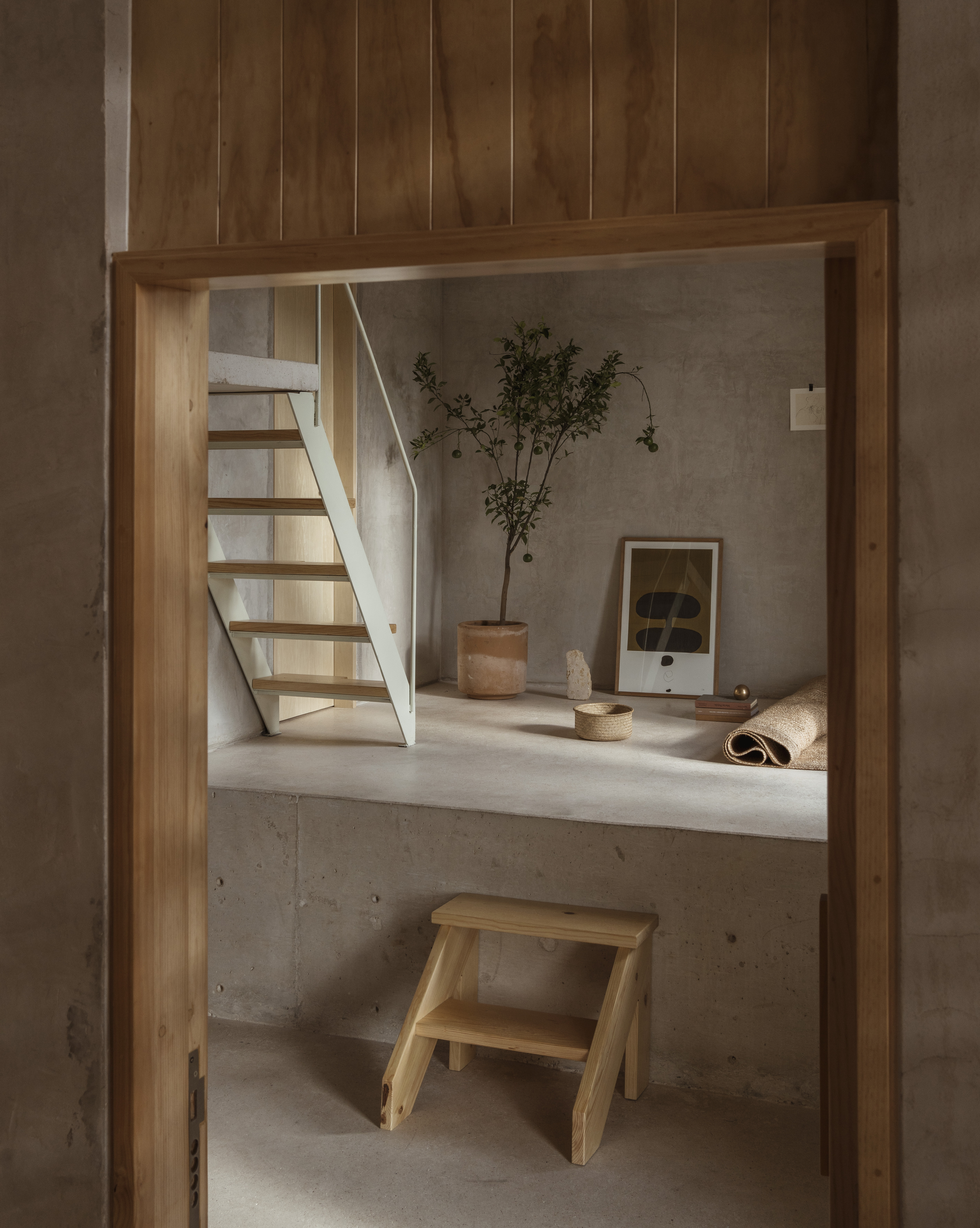
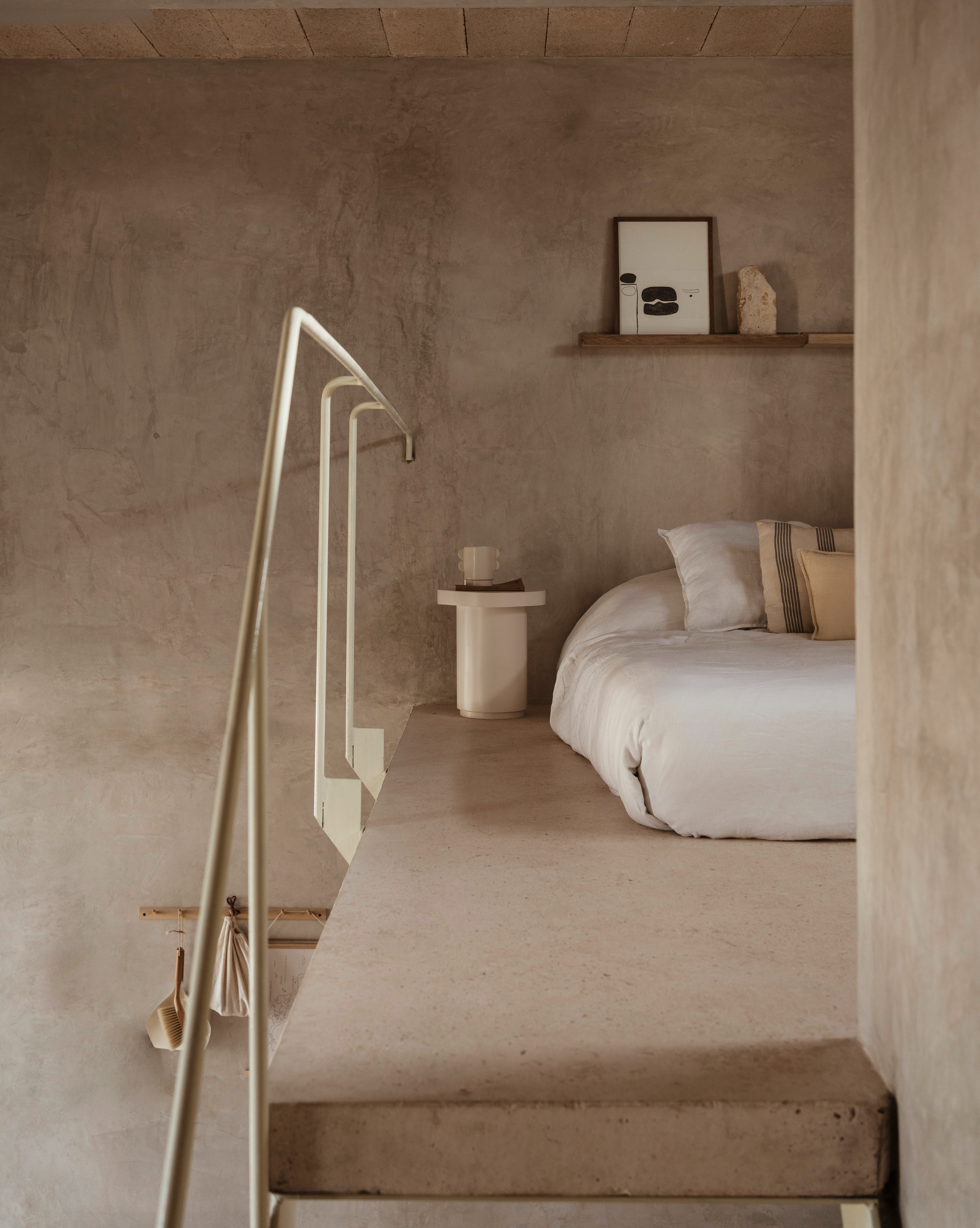
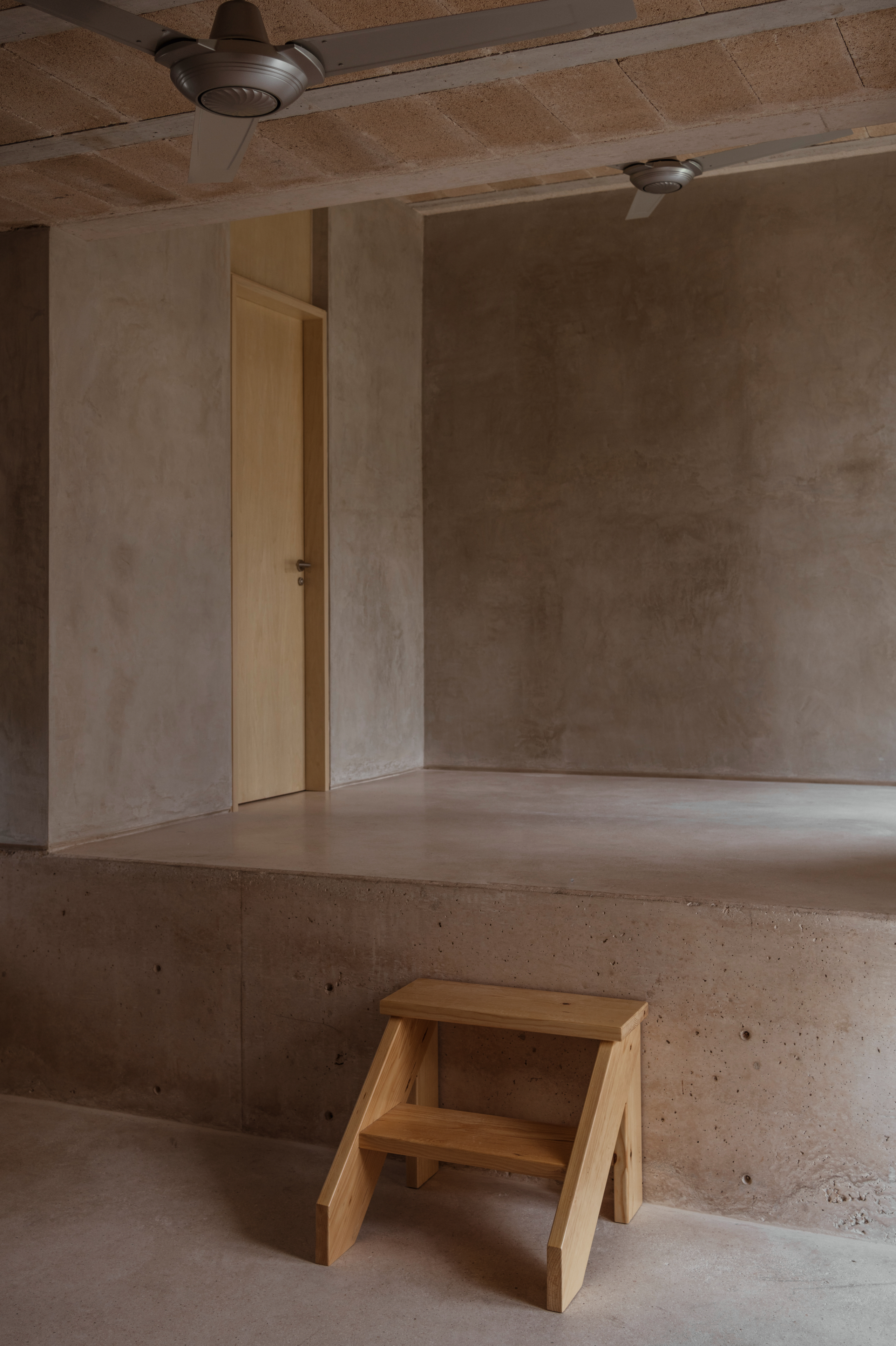
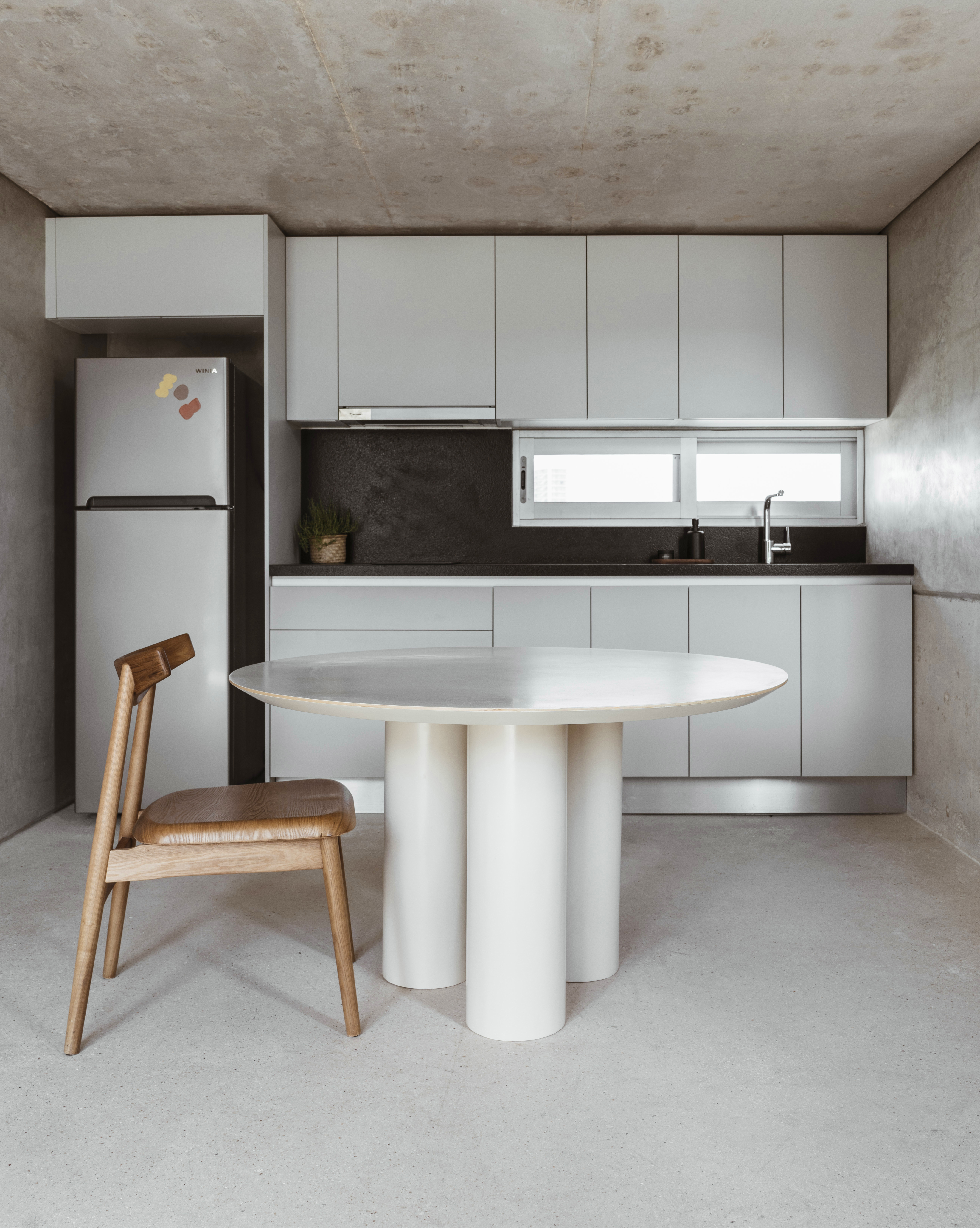
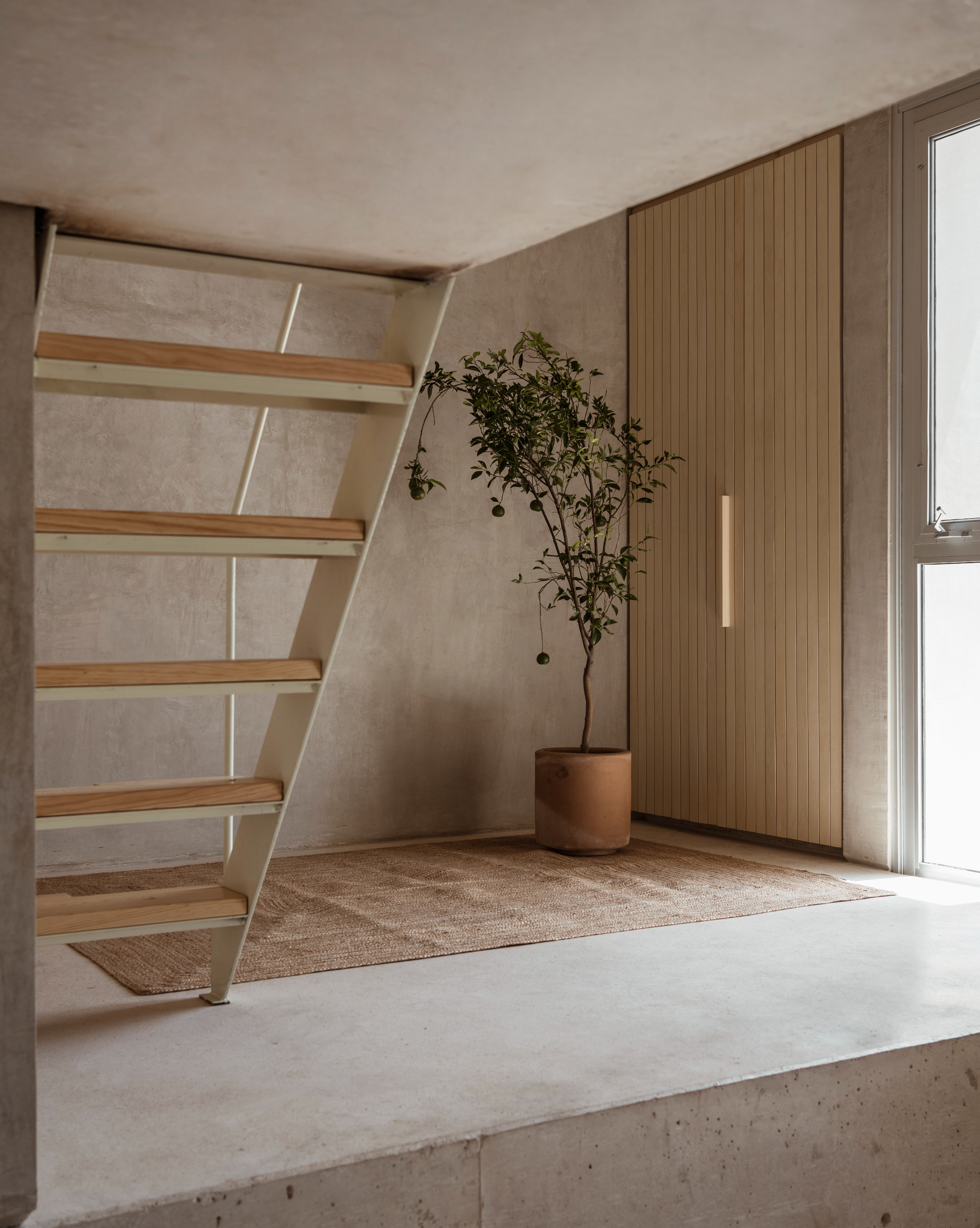

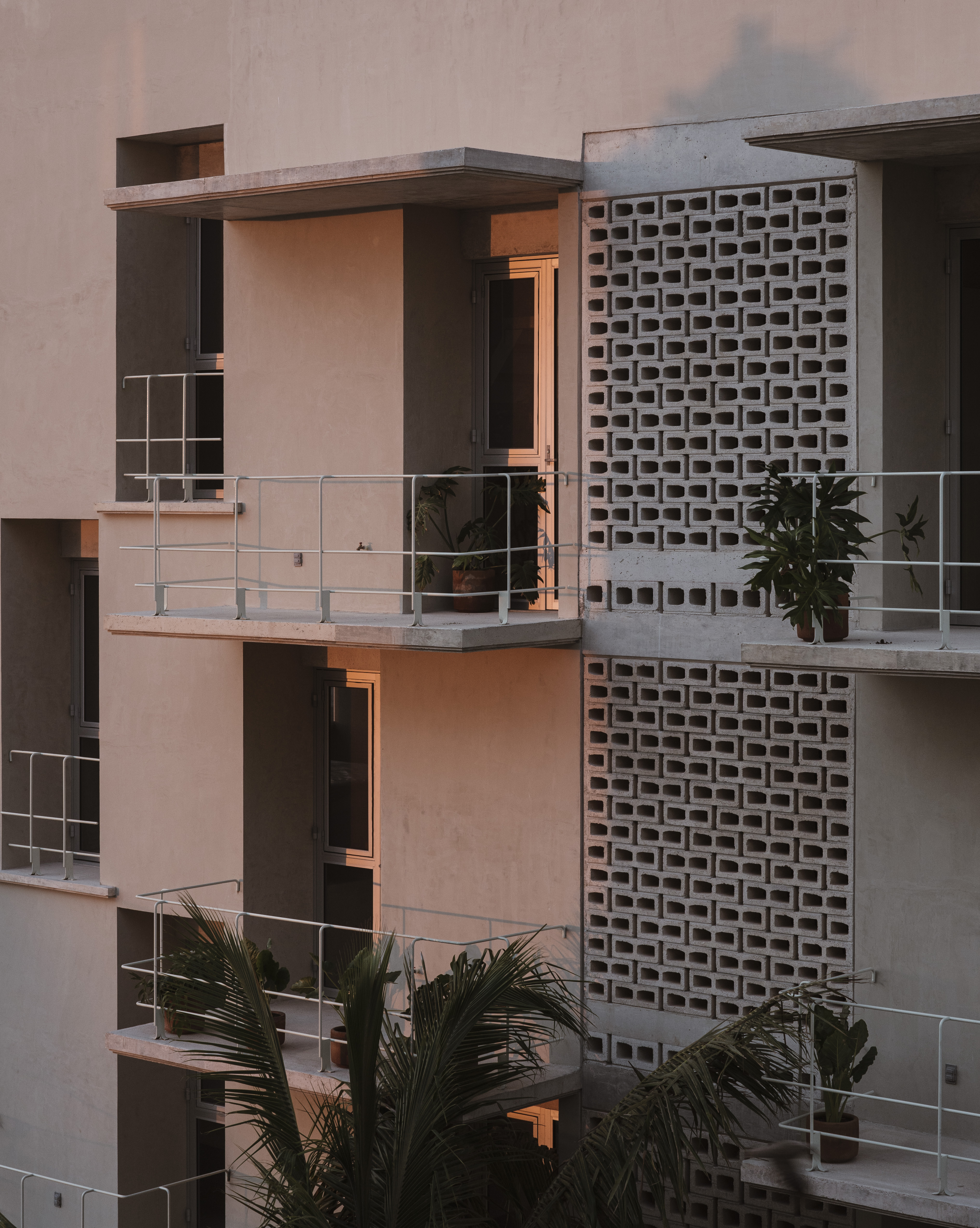
INFORMATION
kiltropolaris.com
Receive our daily digest of inspiration, escapism and design stories from around the world direct to your inbox.
Ellie Stathaki is the Architecture & Environment Director at Wallpaper*. She trained as an architect at the Aristotle University of Thessaloniki in Greece and studied architectural history at the Bartlett in London. Now an established journalist, she has been a member of the Wallpaper* team since 2006, visiting buildings across the globe and interviewing leading architects such as Tadao Ando and Rem Koolhaas. Ellie has also taken part in judging panels, moderated events, curated shows and contributed in books, such as The Contemporary House (Thames & Hudson, 2018), Glenn Sestig Architecture Diary (2020) and House London (2022).
-
 Everything to look forward to in fashion in 2026, from (even more) debuts to the biggest-ever Met Gala
Everything to look forward to in fashion in 2026, from (even more) debuts to the biggest-ever Met GalaWallpaper* looks forward to the next 12 months in fashion, which will see the dust begin to settle after a year of seismic change in 2025
-
 Five watch trends to look out for in 2026
Five watch trends to look out for in 2026From dial art to future-proofed 3D-printing, here are the watch trends we predict will be riding high in 2026
-
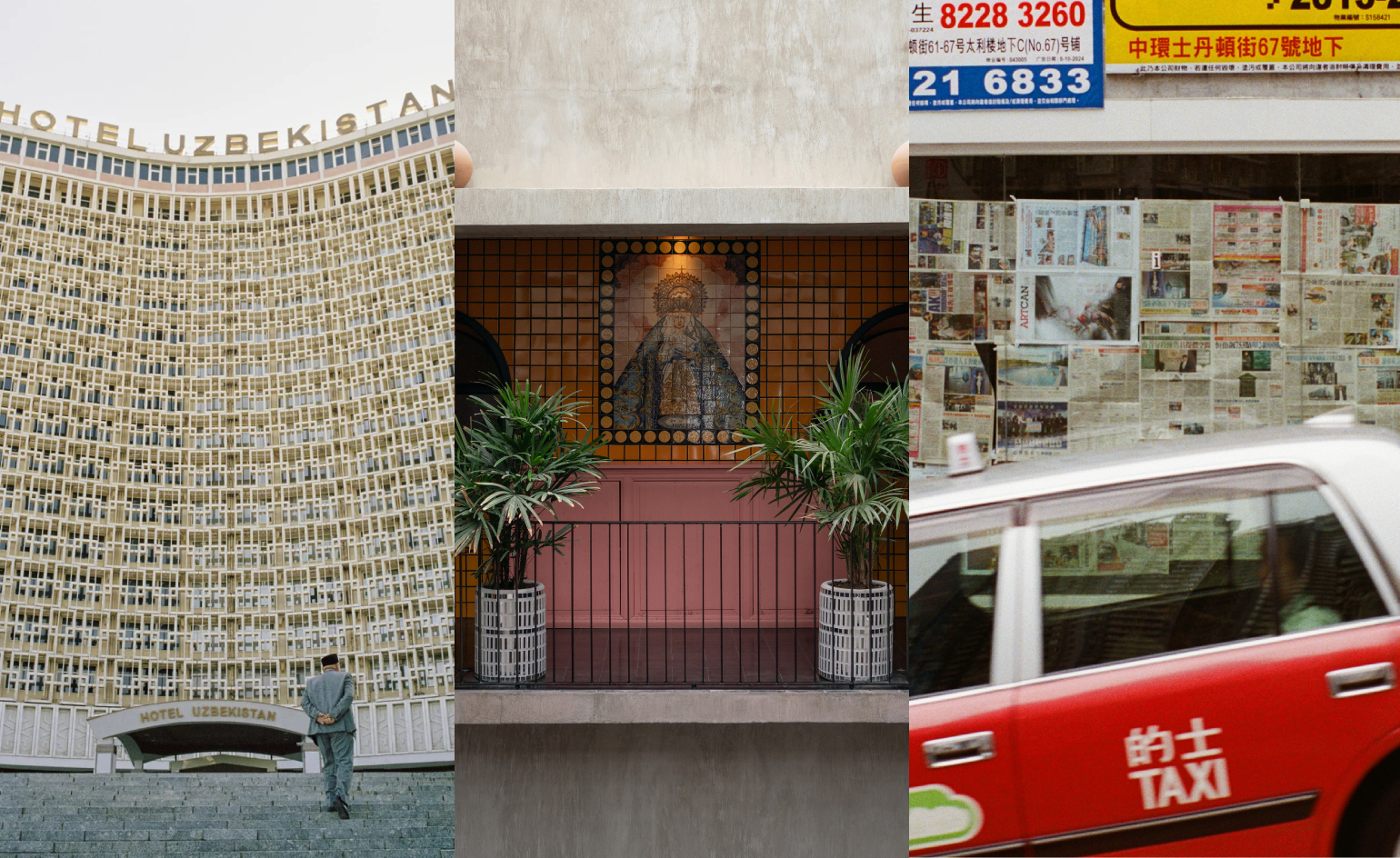 Five travel destinations to have on your radar in 2026
Five travel destinations to have on your radar in 2026The cultural heavyweights worth building an itinerary around as culture and creativity come together in powerful new ways
-
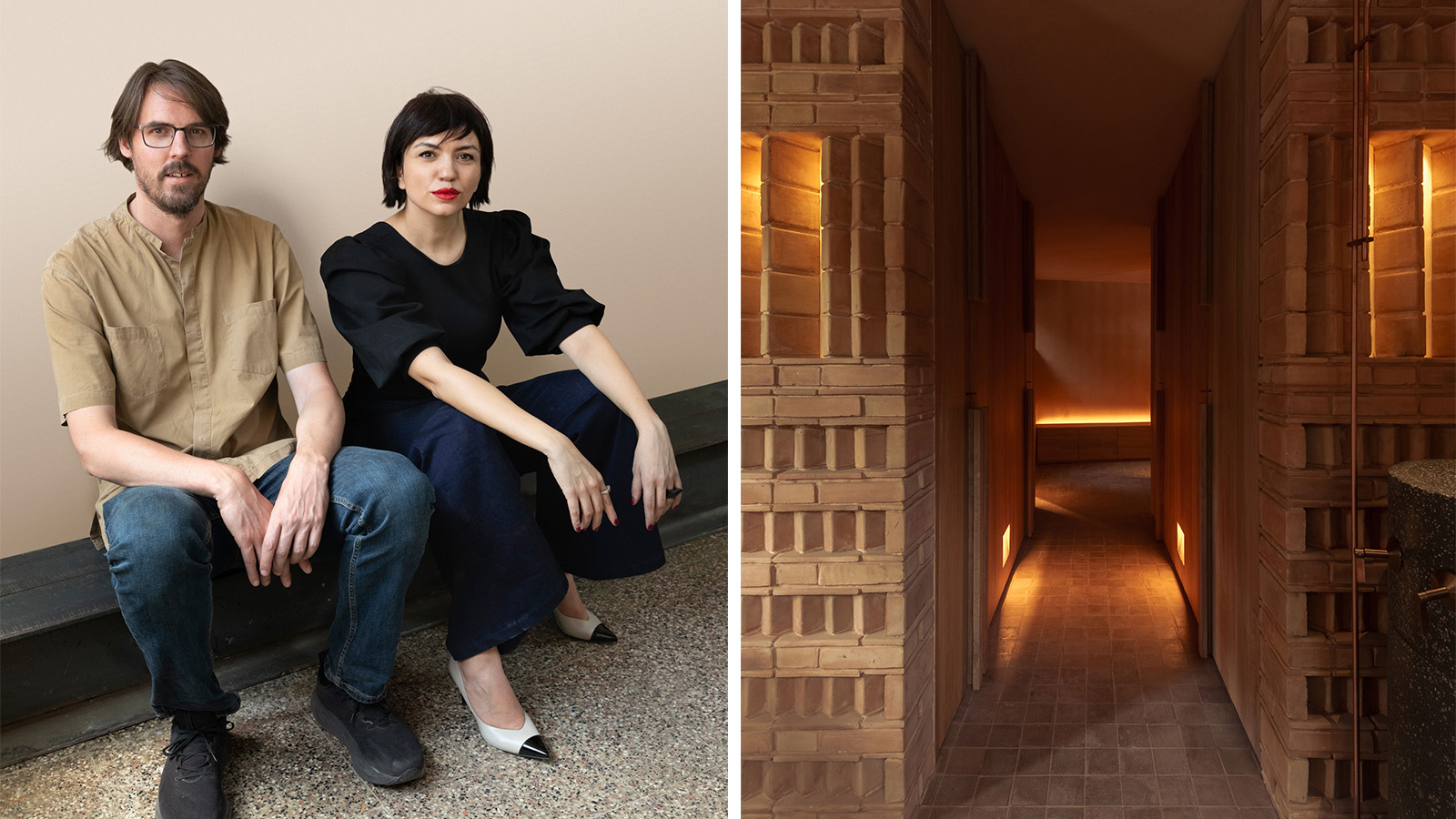 Discover Locus and its ‘eco-localism' - an alternative way of thinking about architecture
Discover Locus and its ‘eco-localism' - an alternative way of thinking about architectureLocus, an architecture firm in Mexico City, has a portfolio of projects which share an attitude rather than an obvious visual language
-
 Deep dive into Carlos H Matos' boundary-pushing architecture practice in Mexico
Deep dive into Carlos H Matos' boundary-pushing architecture practice in MexicoMexican architect Carlos H Matos' designs balance the organic and geometric, figurative and abstract, primitive and futuristic
-
 For Rodríguez + De Mitri, a budding Cuernavaca architecture practice, design is 'conversation’
For Rodríguez + De Mitri, a budding Cuernavaca architecture practice, design is 'conversation’Rodríguez + De Mitri stands for architecture that should be measured, intentional and attentive – allowing both the environment and its inhabitants to breathe
-
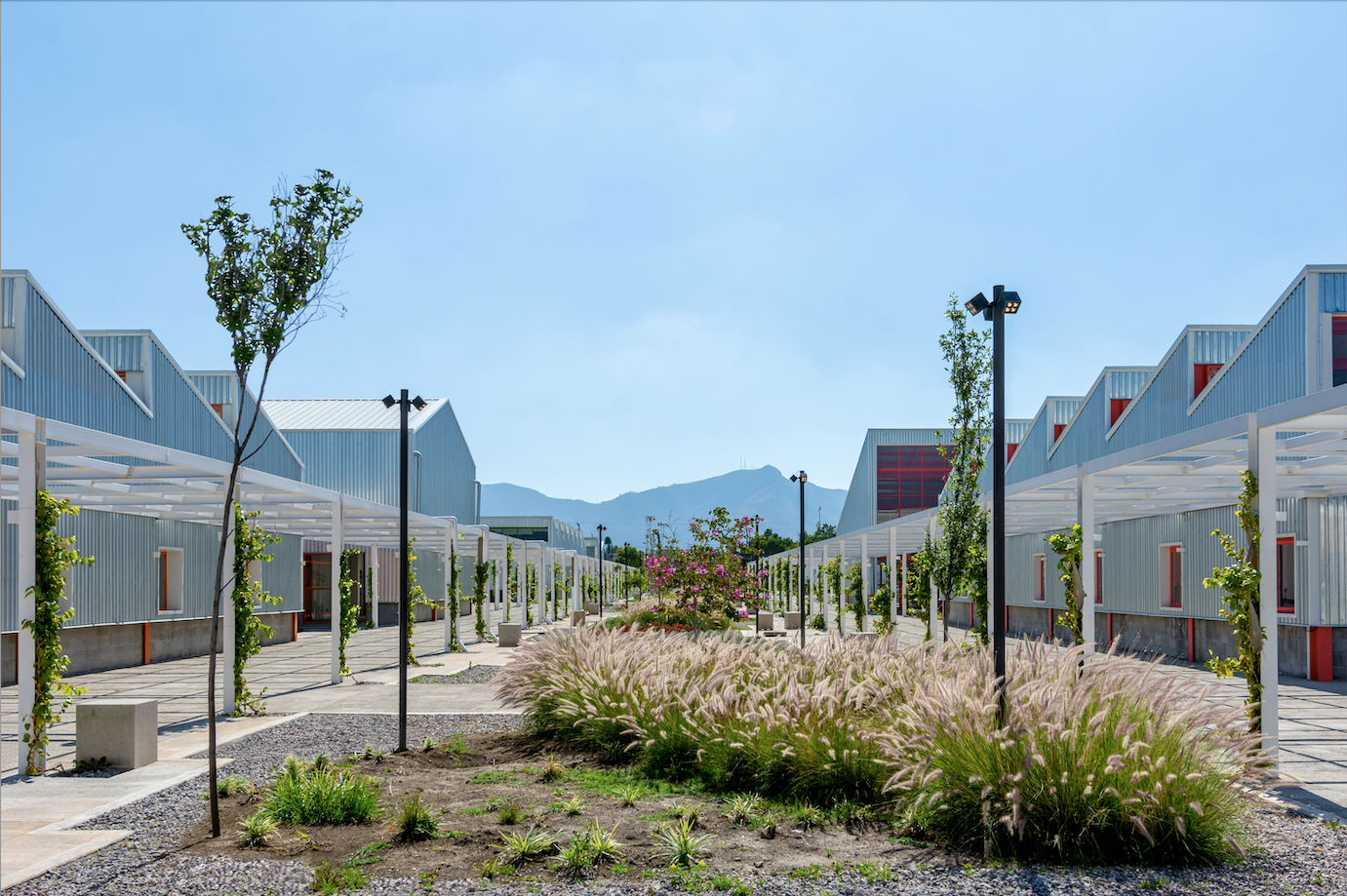 Mexico's Office of Urban Resilience creates projects that cities can learn from
Mexico's Office of Urban Resilience creates projects that cities can learn fromAt Office of Urban Resilience, the team believes that ‘architecture should be more than designing objects. It can be a tool for generating knowledge’
-
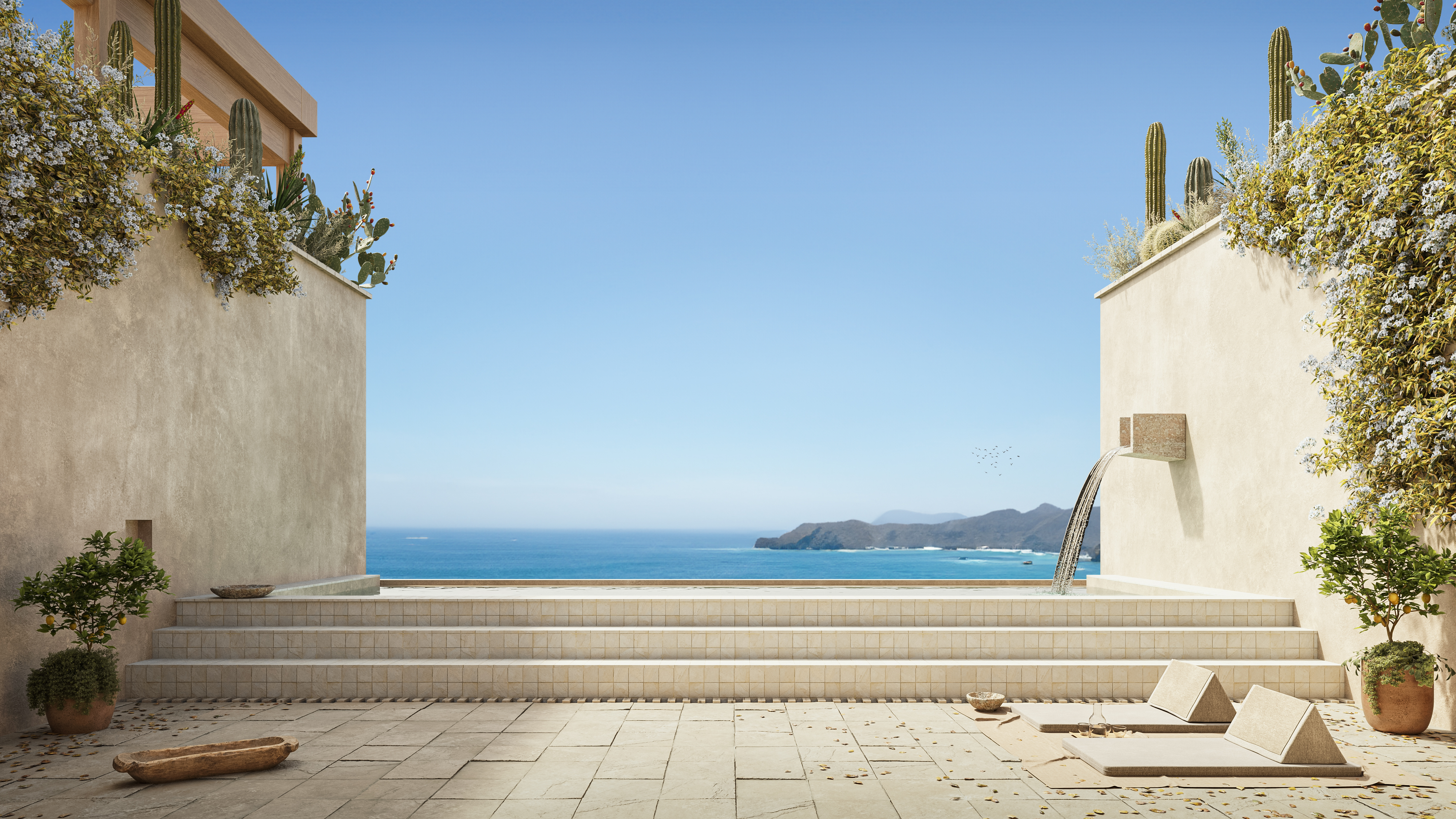 These Guadalajara architects mix modernism with traditional local materials and craft
These Guadalajara architects mix modernism with traditional local materials and craftGuadalajara architects Laura Barba and Luis Aurelio of Barbapiña Arquitectos design drawing on the past to imagine the future
-
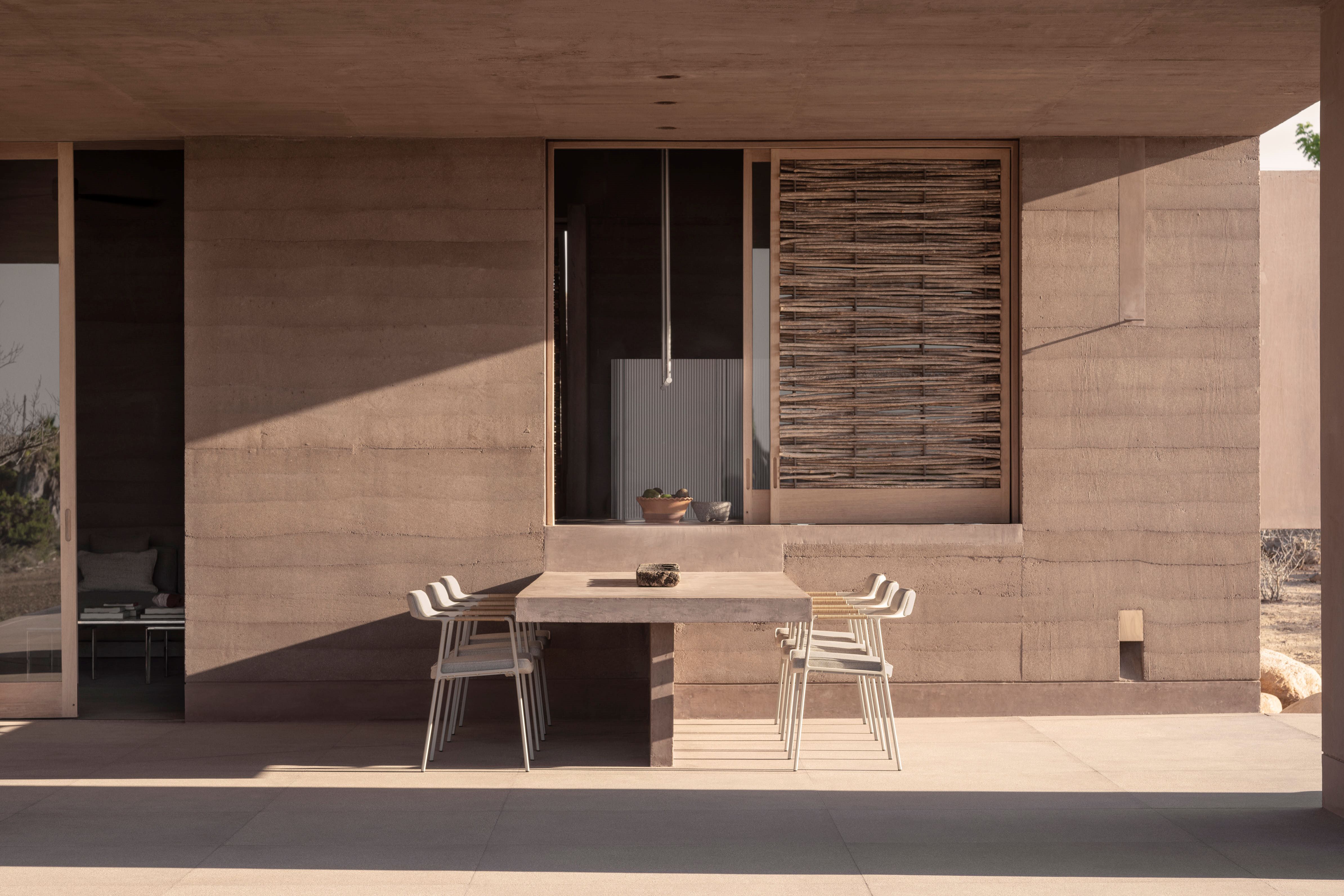 This Mexican architecture studio has a surprising creative process
This Mexican architecture studio has a surprising creative processThe architects at young practice Pérez Palacios Arquitectos Asociados (PPAA) often begin each design by writing out their intentions, ideas and the emotions they want the architecture to evoke
-
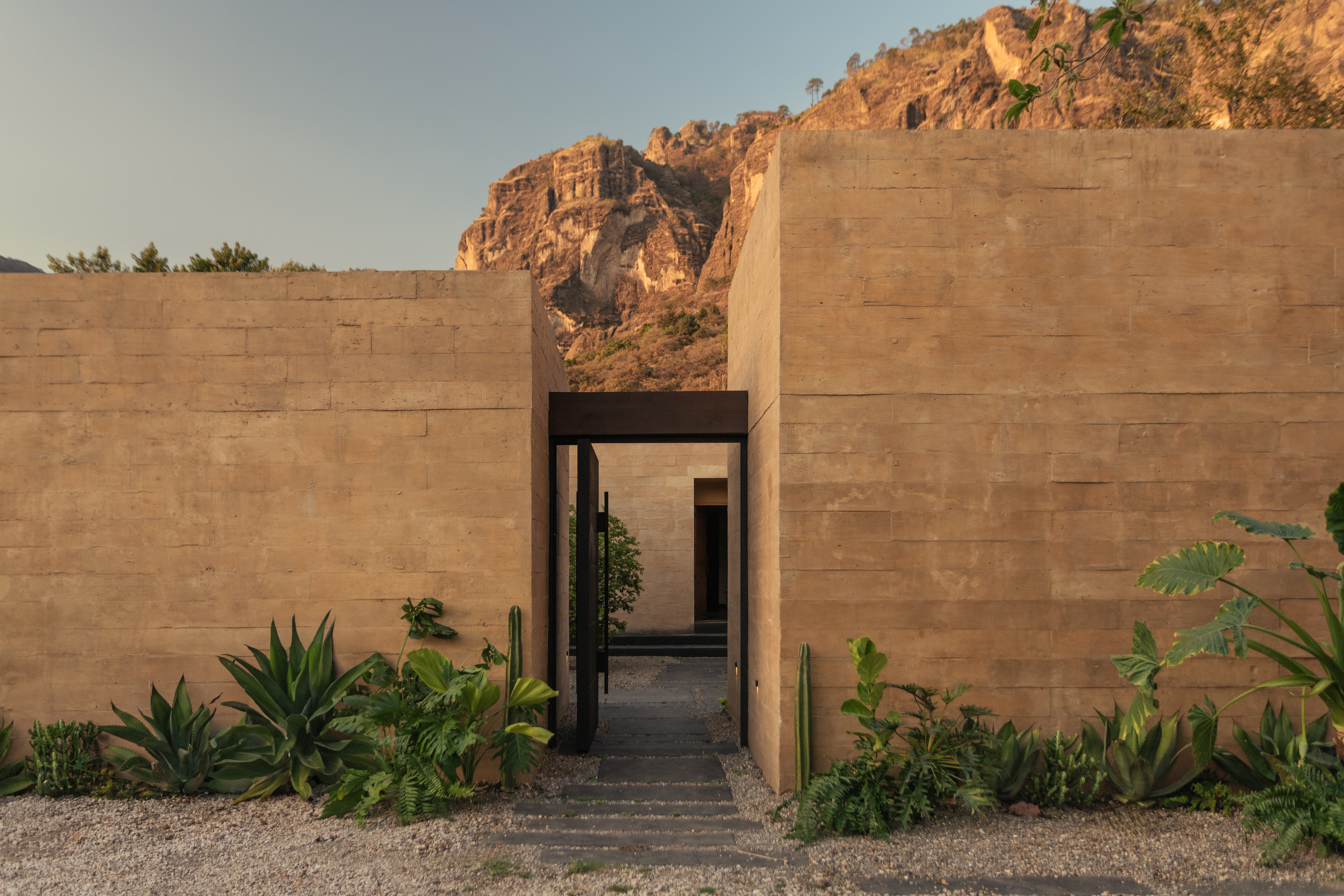 The architecture of Mexico's RA! draws on cinematic qualities and emotion
The architecture of Mexico's RA! draws on cinematic qualities and emotionRA! was founded by Cristóbal Ramírez de Aguilar, Pedro Ramírez de Aguilar and Santiago Sierra, as a multifaceted architecture practice in Mexico City, mixing a cross-disciplinary approach and a constant exchange of ideas
-
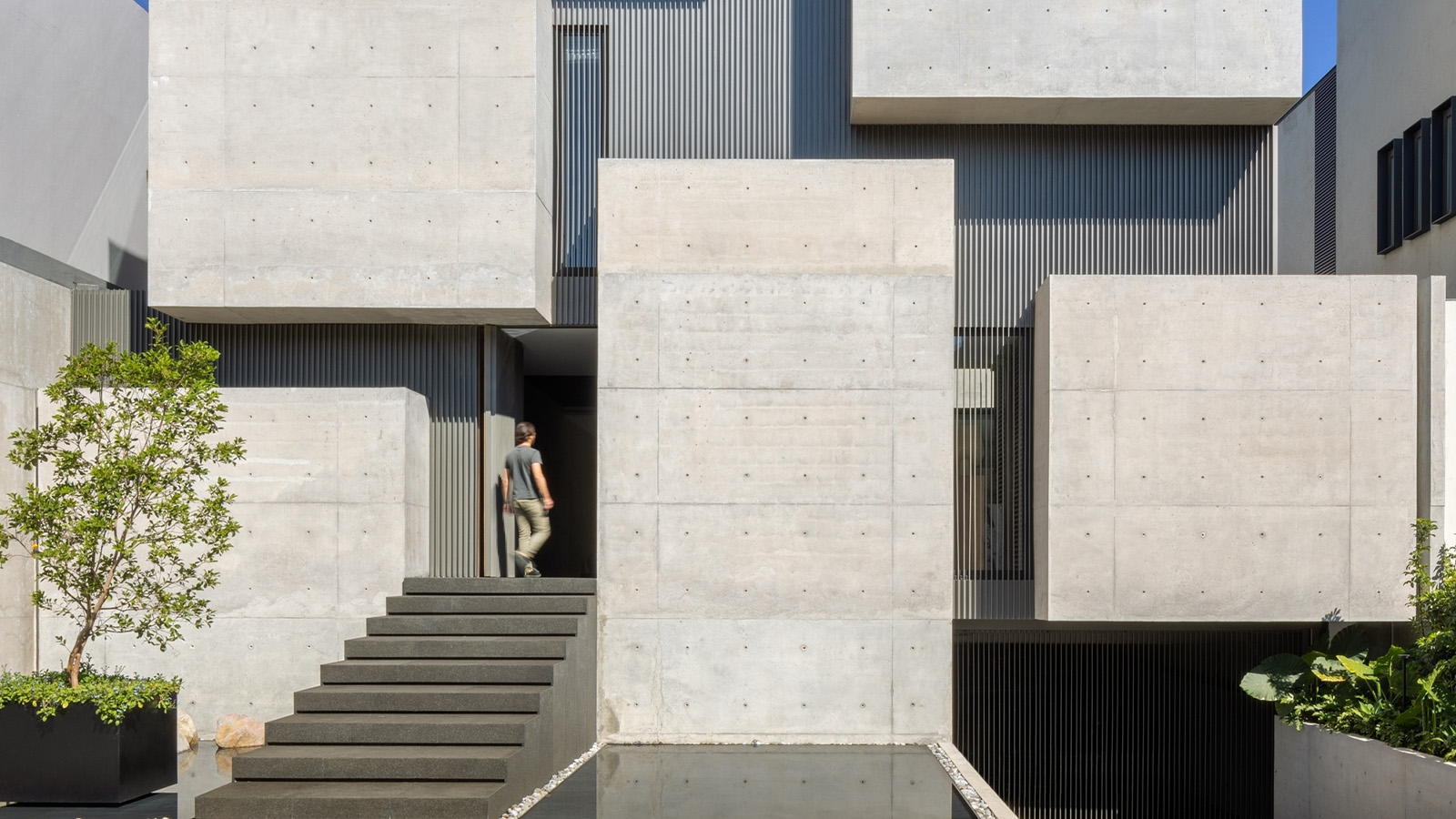 A cubist house rises in Mexico City, its concrete volumes providing a bold urban refuge
A cubist house rises in Mexico City, its concrete volumes providing a bold urban refugeCasa Ailes, a cubist house by Jaime Guzmán Creative Group, is rich in architectural expression that mimics the dramatic and inviting nature of a museum